Gwangjang Market Hanbok Shops (광장시장 한복매장)
6.9Km 2019-09-16
88, Changgyeonggung-ro, Jongno-gu, Seoul
+82-2-2267-0291
Unlike many other traditional markets, Kwangjang Market has preserved its rich history and maintained the feel of a traditional market, shying away from modernization. Operated by kind-hearted merchants that embody the warmth of the Korean people, the market is a great place to eat delicious food and purchase various items at inexpensive prices.
Hanbok shops in Kwangjang Market focus on traditional hanbok rather than modernized hanbok, which are said to be more practical than their traditional counterpart. Beautiful hanbok are available at 30% off their average asking price.
Namsan saenggogijip (남산생고기집)
6.9Km 2021-03-22
21, Toegye-ro, 20-gil, Jung-gu, Seoul
+82-2-3789-9721
A hidden restaurant frequented by locals in Myeong-dong. This restaurant's signature menu is grilled pork belly. This Korean dishes restaurant is located in Jung-gu, Seoul.
Standard Eyewear [Tax Refund Shop] (스탠다드안경원)
6.9Km 2024-06-27
134, Dongjak-daero, Seocho-gu, Seoul
-
Seoul Sejong Hotel (세종호텔)
6.9Km 2021-06-07
145, Toegye-ro, Jung-gu, Seoul
+82-2-773-6000
Seoul Sejong Hotel is located in Myeong-dong, a heart of Seoul’s shopping, tourism, and business districts. Approximately 1 hour from Incheon International Airport, hotel guests can enjoy many attractions nearby as well as a spectacular panoramic view of beautiful Namsan Mountain and downtown Seoul.
Eun Ha Su (은하수)
6.9Km 2021-10-20
145, Toegye-ro, Jung-gu, Seoul
+82-2-3705-9141~2
Eun Ha Su at Sejong Hotel was opened in 1978 as Elysee, the first Korean buffet in Korea. For the past 30 years, the restaurant has gained acclaim for its healthy and nutritious Korean cuisine, attracting both Korean and international diners.
CheongKwanJang - Hangangno Branch [Tax Refund Shop] (정관장 한강로)
6.9Km 2024-04-18
1F, Junggwanjang Hangang-ro Branch, 159-1, Hangang-daero, Yongsan-gu, Seoul
-
Gaetmaeul (갯마을)
6.9Km 2016-09-23
248, Ichon-ro, Yongsan-gu, Seoul
+82-2-798-5655, +82-2-798-1655
Gaetmaeul restaurant, located in Ichon-dong in the Yongsan area of Seoul, is widely known for its specialty dish, Son-manduguk (handmade dumpling soup). Not only does it serve exceptionally delicious food, but the service is friendly, and the facilities are clean. As well as the excellent mandu dishes, such as manduguk (dumpling soup) and tteok-manduguk (dumpling soup with rice cake slices), the menu also includes bindatteok (Korean mung-bean pancake) and suyuk (boiled slices of beaf). The kimchi used to fill the dumplings and offered as a side dish is also particularly good.
Janggeumi Jeonjip (장금이전집)
6.9Km 2021-03-20
147-9, Toegye-ro, Jung-gu, Seoul
+82-2-771-5279
As a place well-known among not only Koreans but also foreigners, it sells a variety of Korean dishes. The best menu at this restaurant is stir-fried seafood. This Korean dishes restaurant is located in Jung-gu, Seoul.
Seowon (서원)
6.9Km 2024-03-11
141, Toegye-ro, Jung-gu, Seoul
+82-2-776-0214
Located in Myeongdong Street, Seowon focuses on porridge. It boasts a wide variety of porridge made with abalone, chicken, samgye (chicken and ginseng) mushrooms, oysters, shrimp, vegetables, etc. They also have Korean-style juices made with ginseng, fruits, and vegetables that goes well after finishing porridge. The restaurant opens early in the morning, so it's a great place to grab a quick breakfast.
Doosan Art Center (두산아트센터)
6.9Km 2021-11-01
15, Jong-ro 33-gil, Jongno-gu, Seoul
+82-2-708-5001
Doosan Art Center, which opened on October 1, 2007, is structured around three different spaces: The Yonkang Hall, exclusively designed for musical performances, Space 111, a “space for art incubation,” and the Doosan Gallery, built for installations.
The Yongang Hall, a theater with 620-person seating capacity, has specially designed lightings and a world-class audio-visual system to provide a second-to-none sensory experience.
Space 111 can accommodate a broad range of performing arts, from theater and dance to film and music concerts. The Doosan Gallery is open to the public, and art exhibitions and performances here can be enjoyed free of charge.
All three theaters include spacious lobbies with handicapped access, designated seating for parents with infants, and meeting areas. Rest rooms are also available nearby, in order to avoid long queues and long walks during intermission.
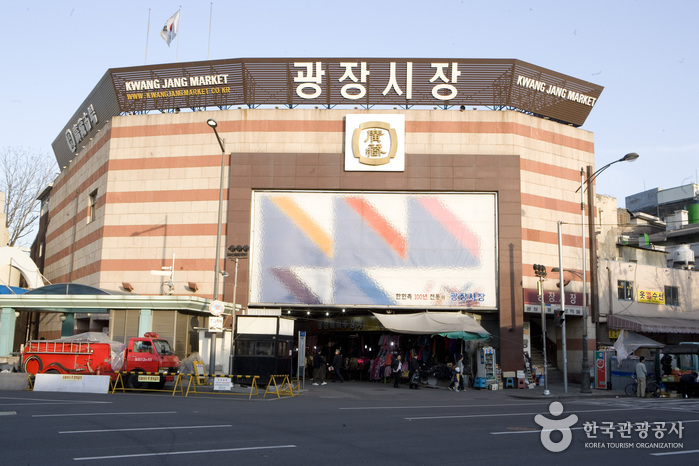
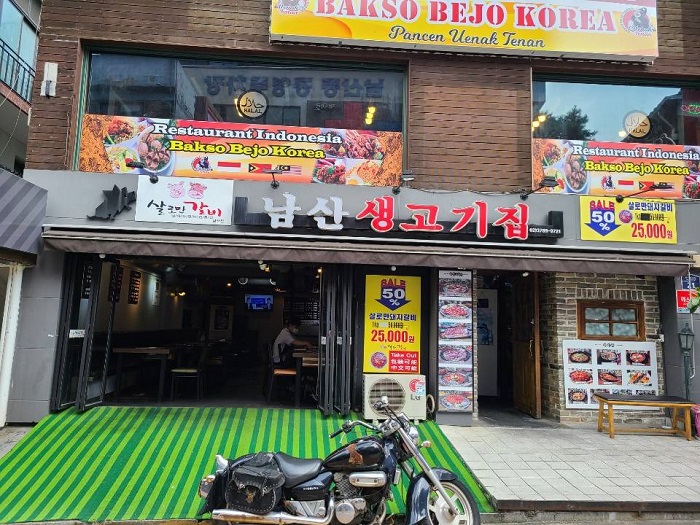
![Standard Eyewear [Tax Refund Shop] (스탠다드안경원)](http://tong.visitkorea.or.kr/cms/resource/06/3313906_image2_1.jpg)

![CheongKwanJang - Hangangno Branch [Tax Refund Shop] (정관장 한강로)](http://tong.visitkorea.or.kr/cms/resource/31/2889731_image2_1.jpg)
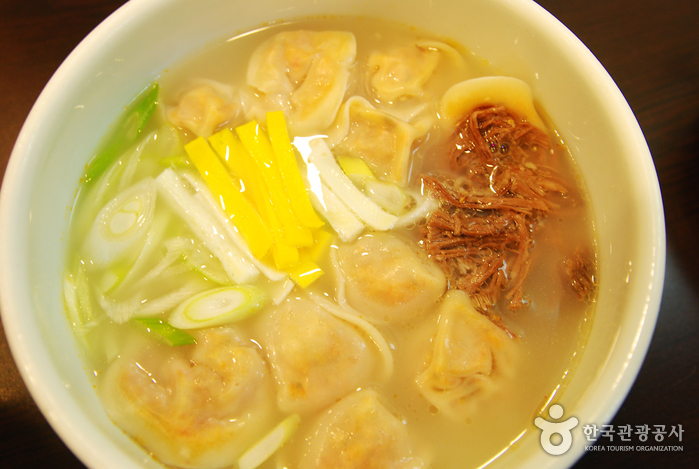
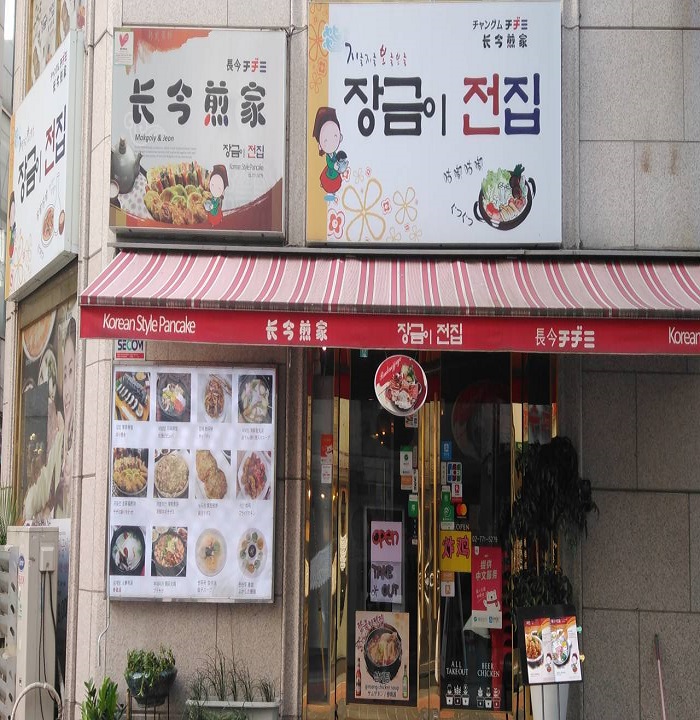
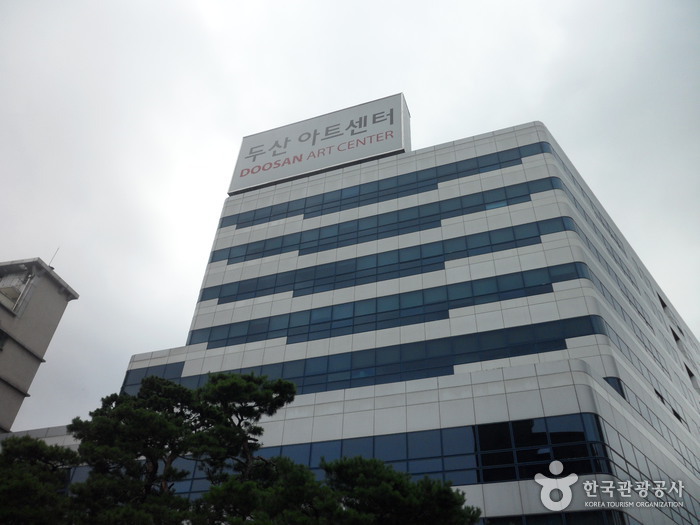
 English
English
 한국어
한국어 日本語
日本語 中文(简体)
中文(简体) Deutsch
Deutsch Français
Français Español
Español Русский
Русский